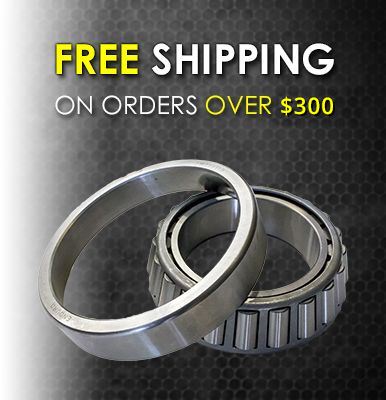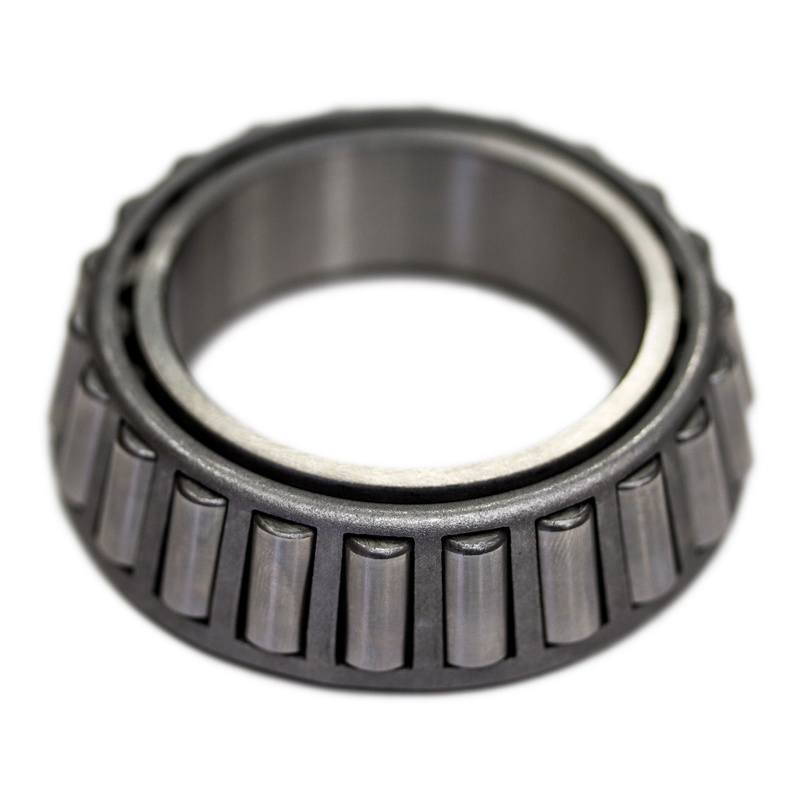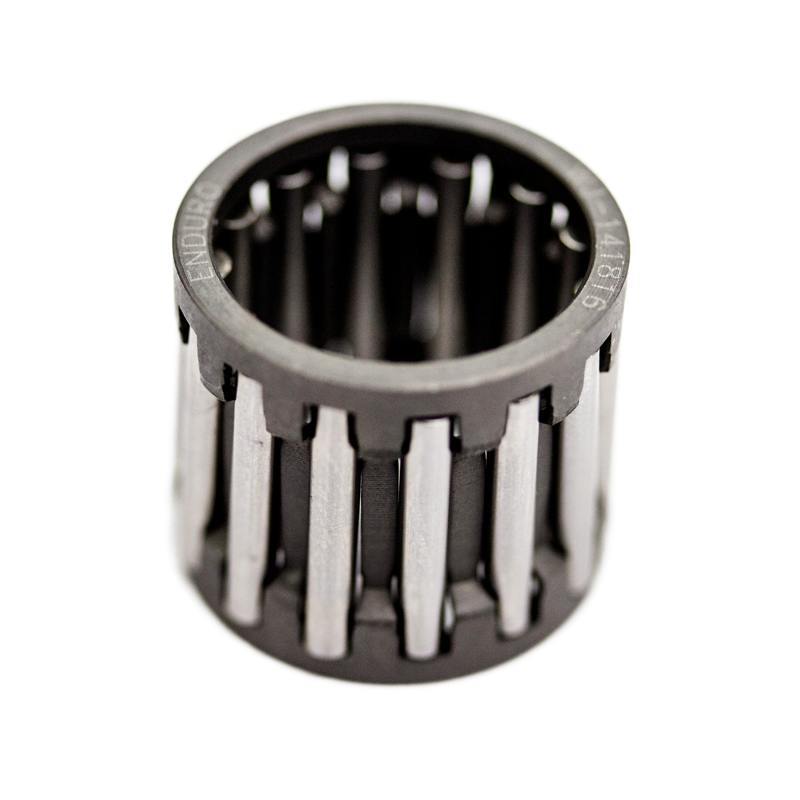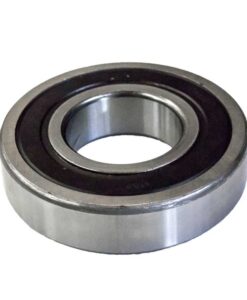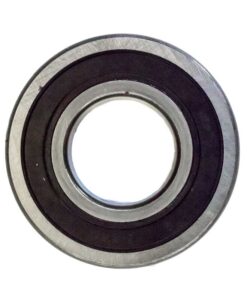Featured Ball Bearings
| Product Name | Outside Diameter (D) | Inside Diameter (d) | Width (B) | |||
|---|---|---|---|---|---|---|
| IN | MM | IN | MM | IN | MM | |
| Enduro 6007 2RS/C3 | 2.4409 | 62.0000 | 1.3779 | 35.0000 | 0.5511 | 14.0000 |
| Enduro 608 2RS/C3 | 0.8661 | 22.0000 | 0.3149 | 8.0000 | 0.2755 | 7.0000 |
| Enduro 6211 2RS/C3 | 3.9370 | 100.0000 | 2.1654 | 55.0000 | 533.4000 | 21.0000 |
| Enduro RLS-12RS | 3.2500 | 82.5502 | 1.5000 | 38.1001 | 0.7500 | 19.0500 |
Radial Ball Bearing – Wikipedia
This article uses material from the Wikipedia article “Ball Bearing”, which is released under the Creative Commons Attribution-Share-Alike License 3.0.
In a deep-groove radial bearing, the race dimensions are close to the dimensions of the balls that run in it. Deep-groove bearings can support higher loads.
Deep Groove Construction Types
The Conrad-style ball bearing is named after its inventor, Robert Conrad, who was awarded British patent 12,206 in 1903 and U.S. patent 822,723 in 1906. These bearings are assembled by placing the inner ring into an eccentric position relative to the outer ring, with the two rings in contact at one point, resulting in a large gap opposite the point of contact. The balls are inserted through the gap and then evenly distributed around the bearing assembly, causing the rings to become concentric. Assembly is completed by fitting a cage to the balls to maintain their positions relative to each other. Without the cage, the balls would eventually drift out of position during operation, causing the bearing to fail. The cage carries no load and serves only to maintain ball position.
Conrad bearings have the advantage that they are able to withstand both radial and axial loads, but have the disadvantage of lower load capacity due to the limited number of balls that can be loaded into the bearing assembly. Probably the most familiar industrial ball bearing is the deep-groove Conrad style. The bearing is used in most of the mechanical industries.
There are two row designs: single-row bearings and double-row bearings. Most ball bearings are a single-row design, which means there is one row of bearing balls. This design works with radial and thrust loads.[4]
A double-row design has two rows of bearing balls. Their disadvantage is they need better alignment than single-row bearings.
Ceramic bearing balls can weigh up to 40% less than steel ones, depending on size and material. This reduces centrifugal loading and skidding, so hybrid ceramic bearings can operate 20% to 40% faster than conventional bearings. This means that the outer race groove exerts less force inward against the ball as the bearing spins. This reduction in force reduces the friction and rolling resistance. The lighter balls allow the bearing to spin faster, and uses less energy to maintain its speed.
While ceramic hybrid bearings use ceramic balls in place of steel ones, they are constructed with steel inner and outer rings; hence the hybrid designation. While the ceramic material itself is stronger than steel, it is also stiffer, which results in increased stresses on the rings, and hence decreased load capacity. Ceramic balls are electrically insulating, which can prevent ‘arcing’ failures if current should be passed through the bearing. Ceramic balls can also be effective in environments where lubrication may not be available (such as in space applications).


